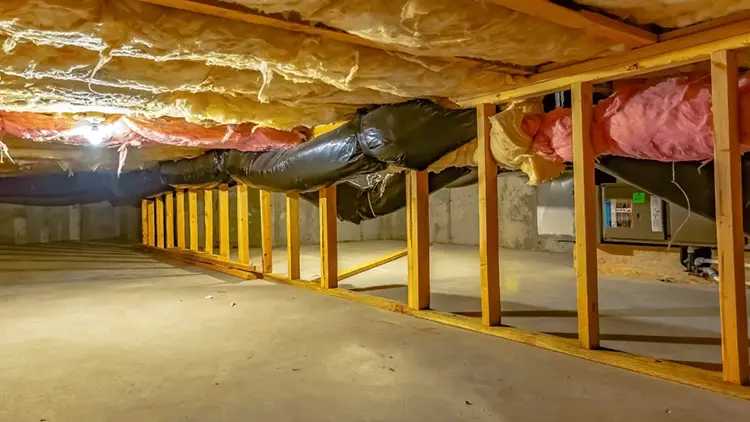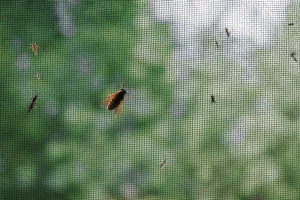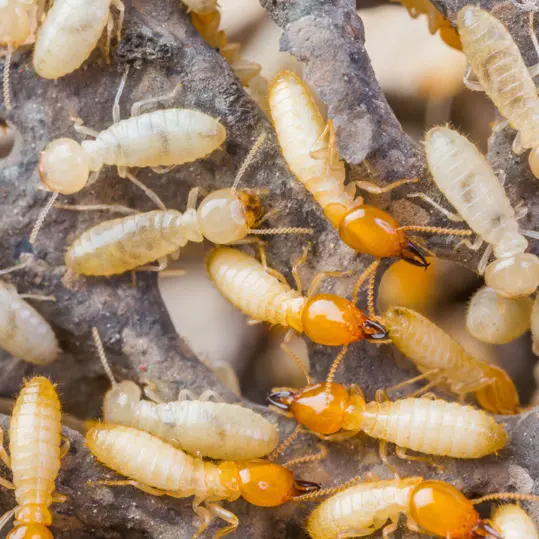If you were searching for a new home, you would most likely prioritize things such as a comfortable bed, a pool, or maybe a nice patio. However, pests don’t have such discerning tastes. In fact, they are drawn to spaces that are damp and musty. Your crawl space, for instance, may seem like the perfect haven for insects, rodents, and other pests, especially as they seek refuge from the winter cold.
Which Pests Might Inhabit Your Crawl Space?
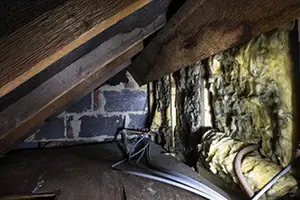
During the winter season, almost any creature or insect seeking shelter might find its way into your crawl space. Some of the most common intruders include termites, cockroaches, spiders, silverfish, rats, and mice. Occasionally, homeowners may even encounter larger pests like raccoons in these areas.
Each of these pests comes with its own set of risks. Cockroaches emit unpleasant odors and can transmit diseases. Termites can cause significant damage to the wooden structures in your home, while mice contaminate surfaces with their feces and destroy insulation to create nests. Raccoons can carry rabies, etc.
How Can You Prevent Pests from Entering Your Crawl Space?
Here are a few steps you can take today to make your crawl space less enticing to the pests mentioned above:
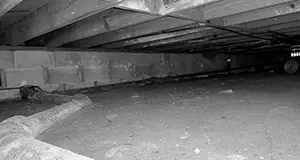
Seal Cracks and Holes with Foam: Even the smallest cracks or gaps in your crawl space walls can serve as entry points for cockroaches and other insects. Mice and rats can also squeeze through surprisingly tiny openings. Use spray foam insulation to fill any holes or cracks in your crawl space walls. Spray foam expands to fill larger gaps, making it a better choice than caulk for this purpose.
Trim Overgrown Brush and Bushes: If the area around your home’s crawl space is overgrown with brush and bushes, pests may initially seek refuge there and then find their way into your crawl space. Trim these plants with branch trimmers, especially in winter when most bushes are dormant.
Use a Dehumidifier: While winter is often associated with dry air, crawl spaces can be surprisingly damp. Pests may enter your crawl space to escape the dry outdoor air. Plug in a portable dehumidifier to reduce excess moisture.
What Are Signs of a Pest Infestation
Despite your best efforts, pests may still find their way into your crawl space. Regularly inspect your crawl space every week or two to detect any signs of infestation. Common indicators of pests include:
Droppings: Mouse droppings are typically 3–8 millimeters in size, while rat droppings are slightly larger.
Shreds of Insulation: These may be left behind by mice, rats, or even raccoons nesting in your walls.
Chew Marks: Wood with gnaw marks could be evidence of mice, rats, or even termites.
Odors: Foul smells could be a sign of cockroaches, raccoons, rats, or other pests.
Why Should You Encapsulate Your Crawl Space for Other Reasons?
Up to 50% of the air on the first floor of your home may originate from the crawl space. The constant flow of damp, musty air from your crawl space can contribute to poor indoor air quality.
If you need urgent pest control in your Fairview Heights, IL home’s crawl space, contact Brady Pest & Termite Management today to schedule an appointment to take care of your unwanted guests this winter.


